My Top 5 Takeaways from the Wearable Tech Show 2017
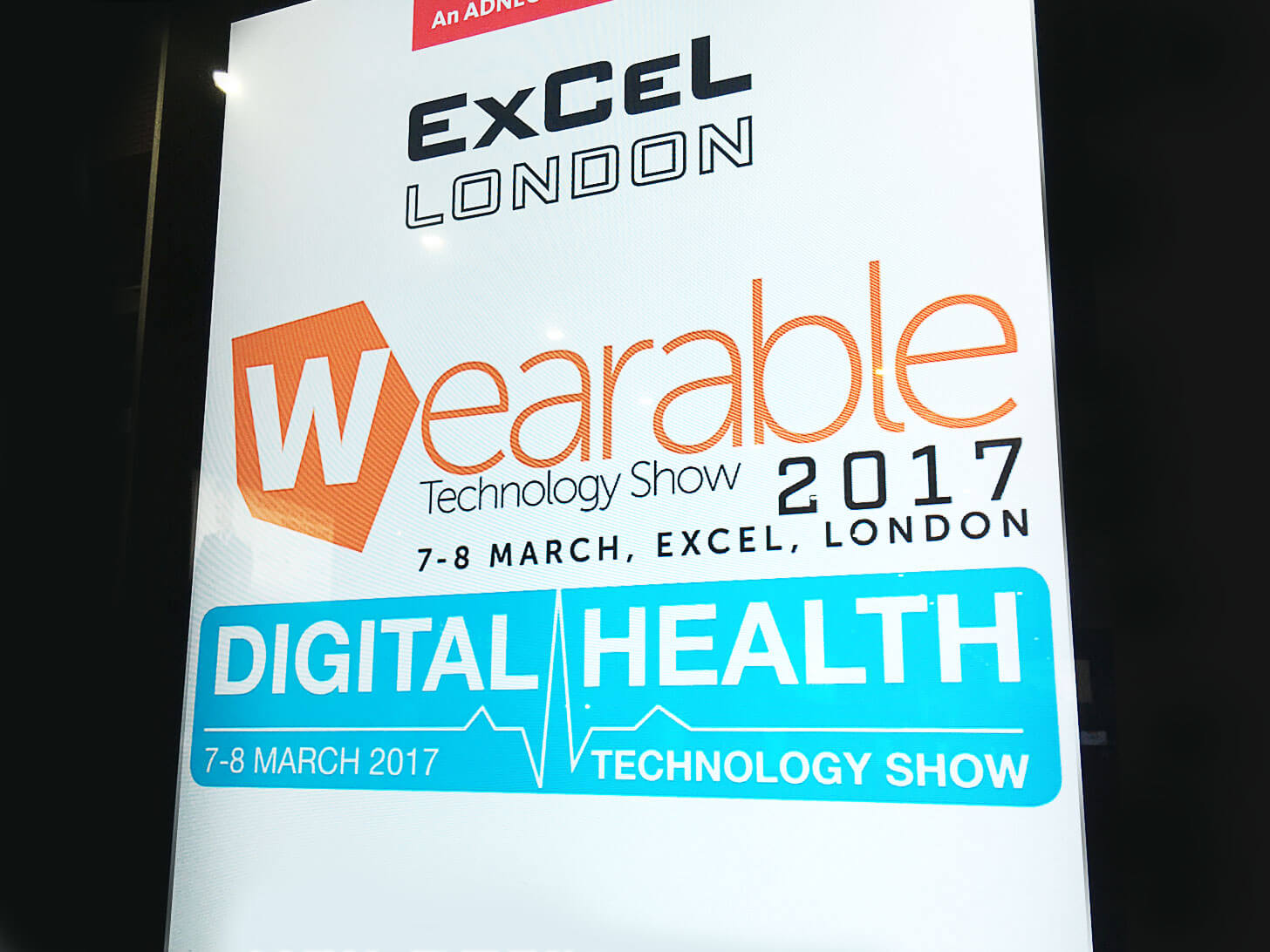
Innovation is driving transformation across many industries, and whilst all technology is evolving at a rapid pace, wearable technology is one area of innovation that we’re seeing more and more of in our day-to-day lives.
Last year, I had the opportunity to attend the Wearable Technology Show 2016 where I witnessed some of the latest wearable innovations first hand – and I’m pleased to have recently returned from the 2017 event in London.
For those of you who are new to the concept, wearable technology is an umbrella term given to connected devices that you can ‘wear’ in some capacity. Wearable technology is almost always underpinned by data or other connected devices. It is intrinsically linked to areas such as digital health, internet of things (IoT), smart home technology, and virtual and augmented reality (VR and AR), which were prevalent at the event.
The Wearable Technology Show 2017 boasted over 250 speakers, 100 exhibitors and 50 exclusive UK product launches. Now in its fourth year, the event also co-located with the Digital Health Technology Show 2017, the AR & VR Show 2017, the Smart Homes Show, and the IoT Connect Show, providing further insight into closely related areas of tech innovation with dedicated speakers and presentations.
The event showcased a wide variety of hardware and software solutions that could create benefits across many industries, and provided me with valuable insight into the direction of wearable tech innovation in 2017 and beyond.
My top five takeaways
For me, the most exciting part of the event was having the opportunity to see how these technologies are being used to create a positive impact. Generally, IoT solutions are created to improve customer experience, or extend service and revenue capabilities, and are simply absorbed into our everyday lives.
For example, we’re already benefitting from IoT in Jersey with the States of Jersey Bus Tracker, which was created by our experts to simply enhance the existing bus service for Islanders. Many IoT solutions showcased at the Wearable Technology Show also worked to a similar principle.
There were many impressive technologies on show, but the following five solutions stood out to me as the most inspiring and versatile. And with the right level of engagement, these innovations could be applied to local industries including education, health, finance and retail.
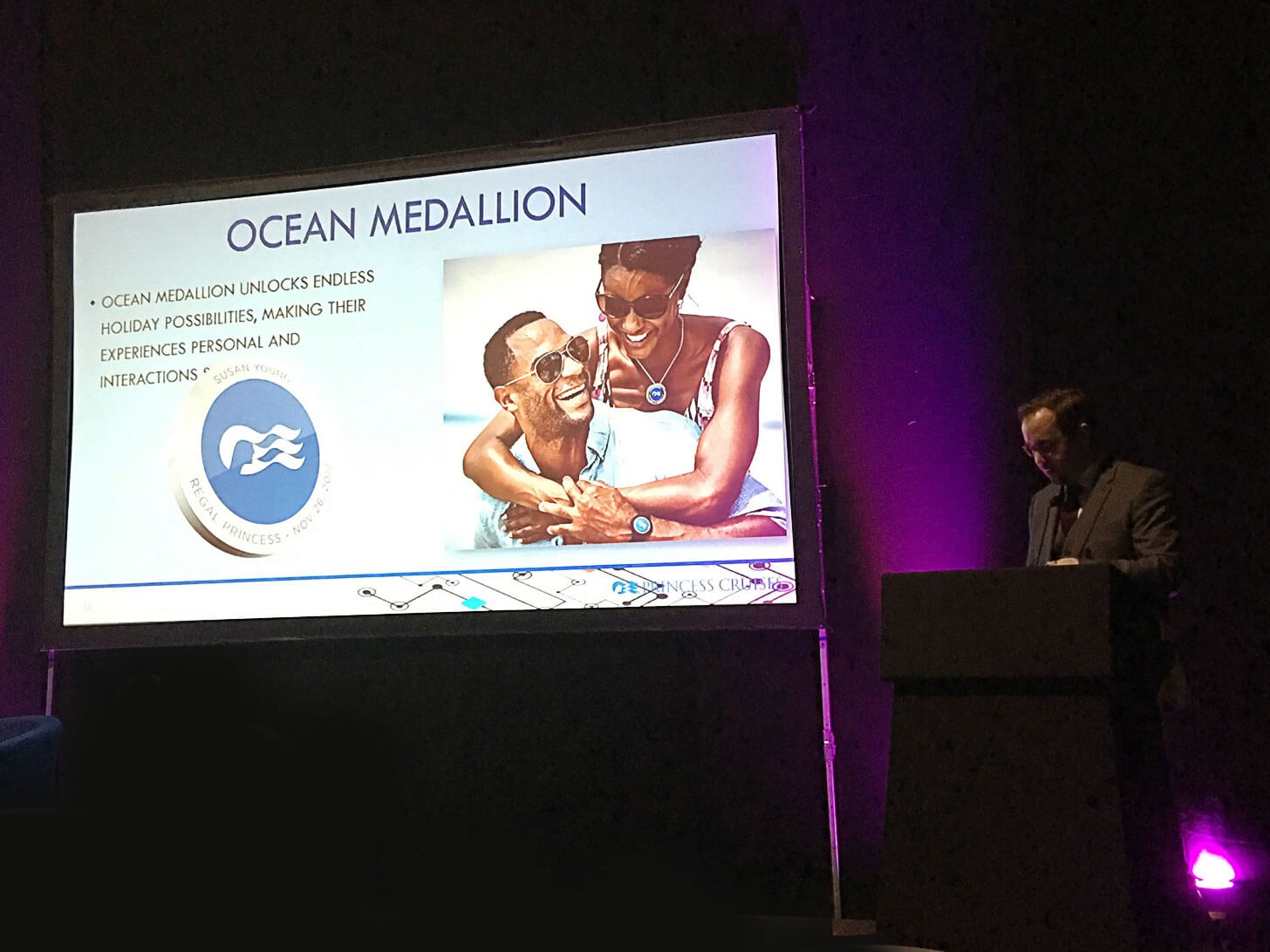
Princess Cruises Ocean Medallion (IoT)
Californian cruise line, Princess Cruises has spent the last three years developing the new Ocean Medallion. This smart device is the size of a standard watch face and can be worn as a pendant or wristband. Each holidaymakers’ Ocean Medallion holds a unique digital identity, creating a tailored cruise experience, unlocking significant opportunities for Princess Cruises to streamline its processes and improve customer service. The devices utilises tracking technology to make embarkation a more seamless and efficient process, artificial intelligence (AI) to calculate food preferences and recommend activities depending on where the cruise is located, and contactless technology to purchase items without a phone, card or cash. This device is a great example of the versatility of IoT, and how we can use data to create more personalised experiences across our industries.
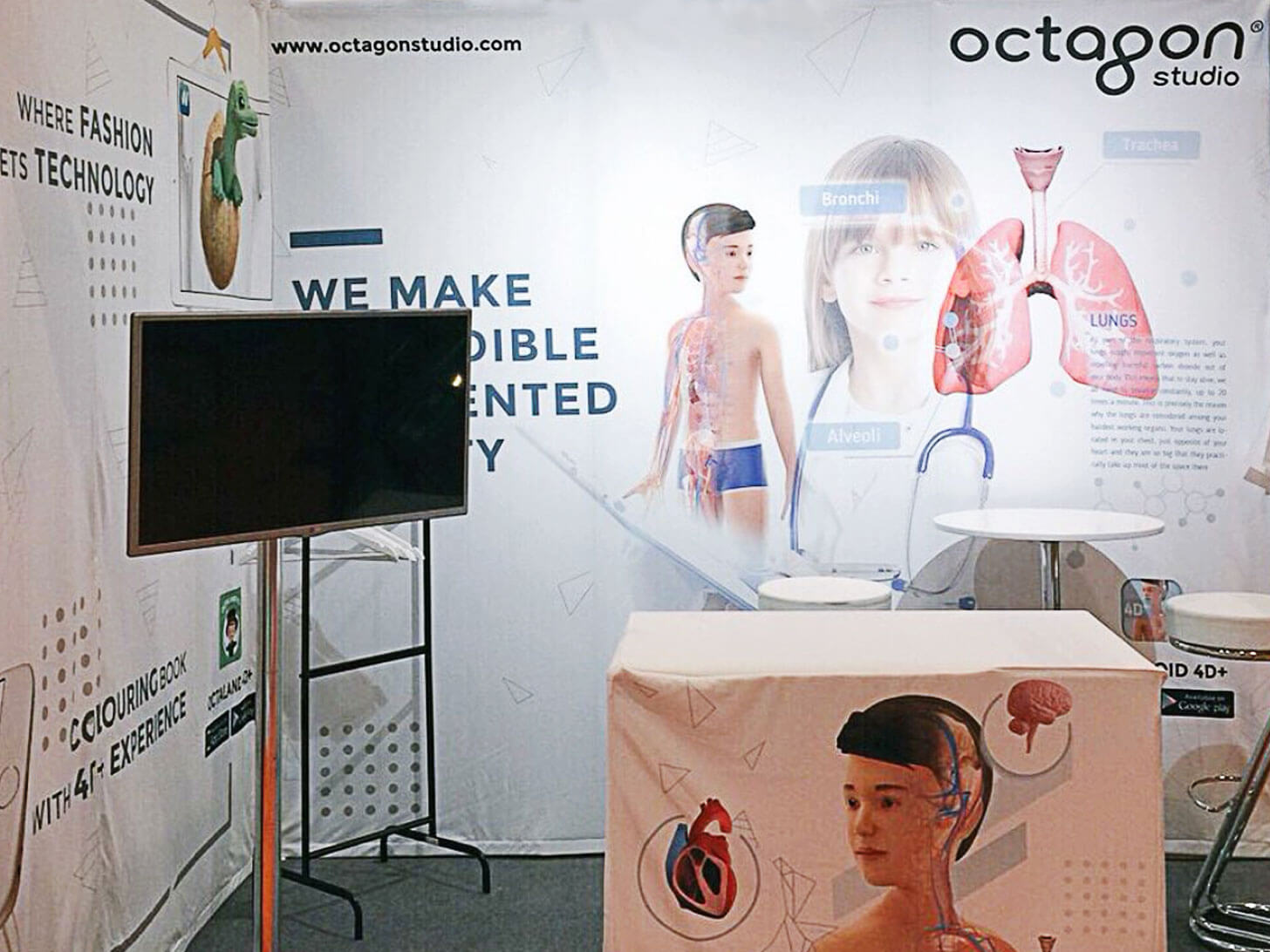
Octagon Studio Humanoid 4D (digital health and AR)
Once again, Octagon Studio impressed me with its AR educational tools. This April the company is launching Humanoid 4D, the latest in its successful range of educational AR flashcards. Humanoid 4D will provide a fun, interactive and engaging way to learn about medical anatomy and procedures. Octagon’s other AR flashcards Animal 4D, Dinosaur 4D, Octaland 4D and Space 4D also utilises AR tech to create an immersive visual learning experience – especially for kids!
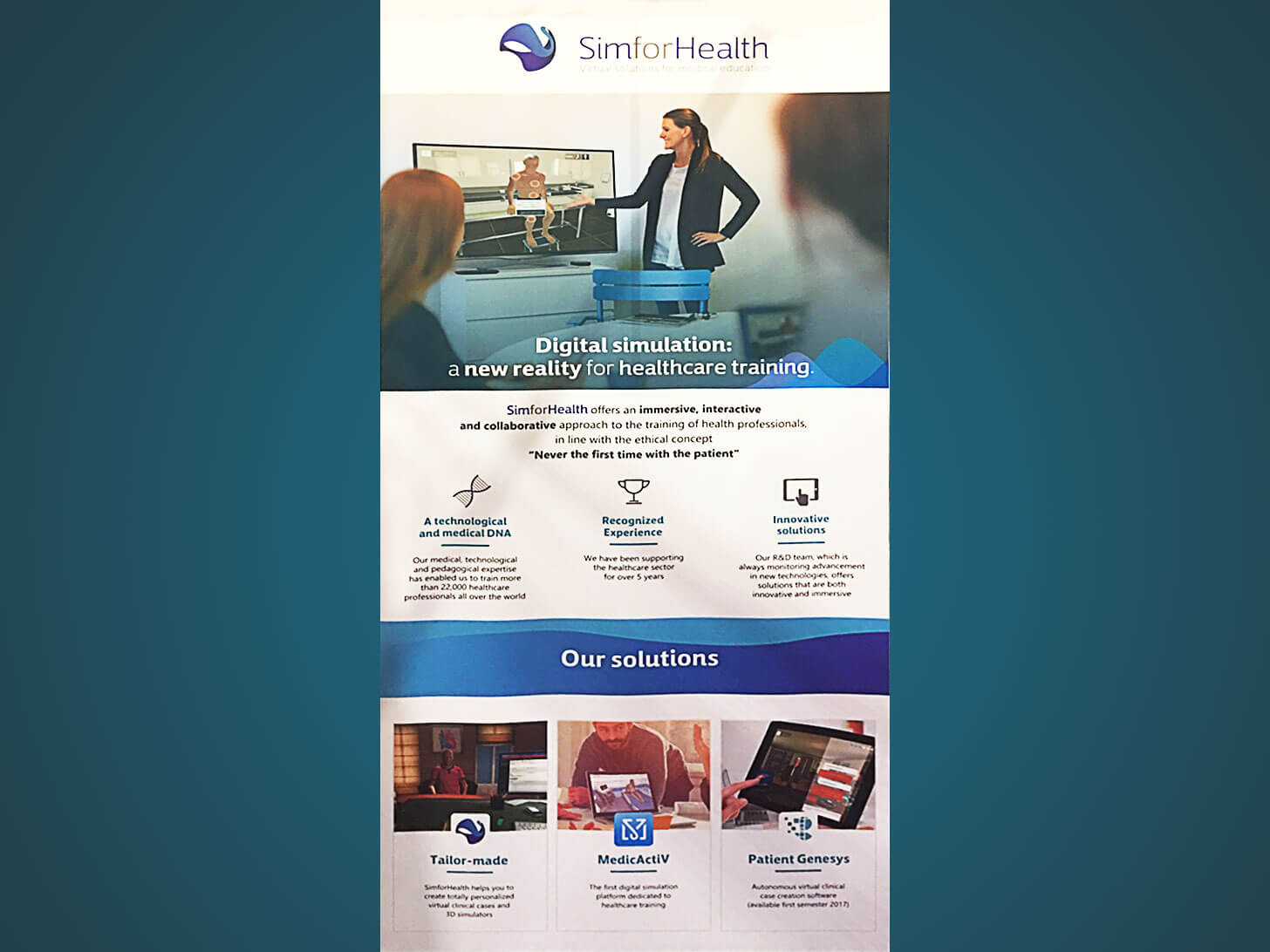
SimforHealth (digital health and VR)
The SimforHealth VR solution was created as a showcase for clinicians to simulate a clinical case in pneumology (respirology and respiratory medicine). It took three full-time members of staff two months to build, and the results are very immersive. The experience allows students to take the role of a doctor looking after a patient from diagnoses to examination and care. SimforHealth offers a new and exciting way to deliver training to medical students, allowing them to action their skills in a way that is engaging, flexible, practical and safe. Using its virtual environments, this could create new learning opportunities for medical students across the globe in a similar way to Dr Shafi Ahmed’s use of VR tech, which I mentioned in my 2016 blog.
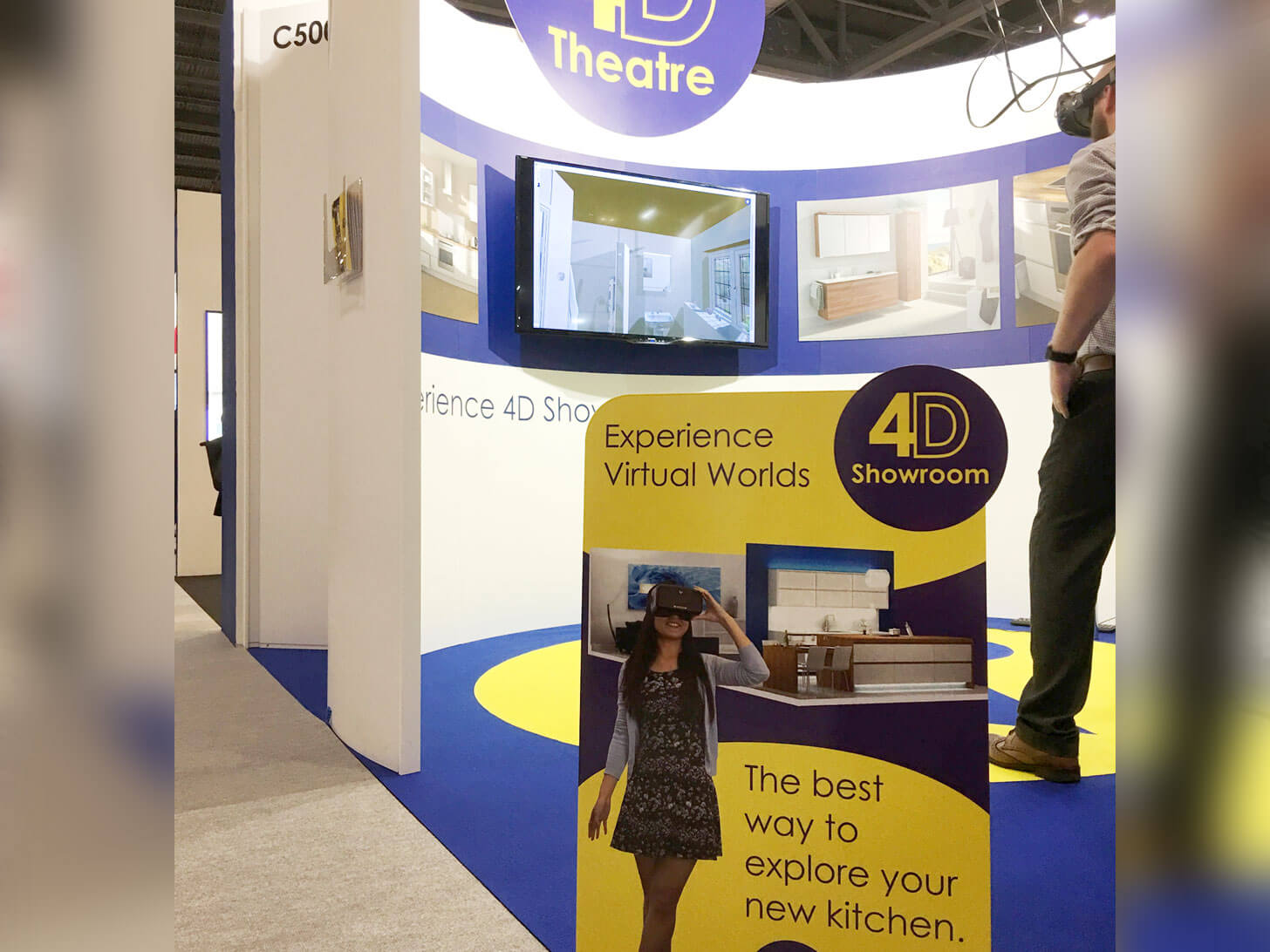
Virtual Worlds 4D Showroom (VR)
The Virtual Worlds 4D Showroom software package is a potential game changer for the interior design world. It enables designers to move away from traditional 2D and 3D modelling tools by allowing them to create fully immersive 4D environments. Customers can then be placed inside a virtual showroom using a VR headset to experience the design in full 360-degrees. The experience is highly interactive, allowing users to open and close draws and pick up cutlery with their own hands.
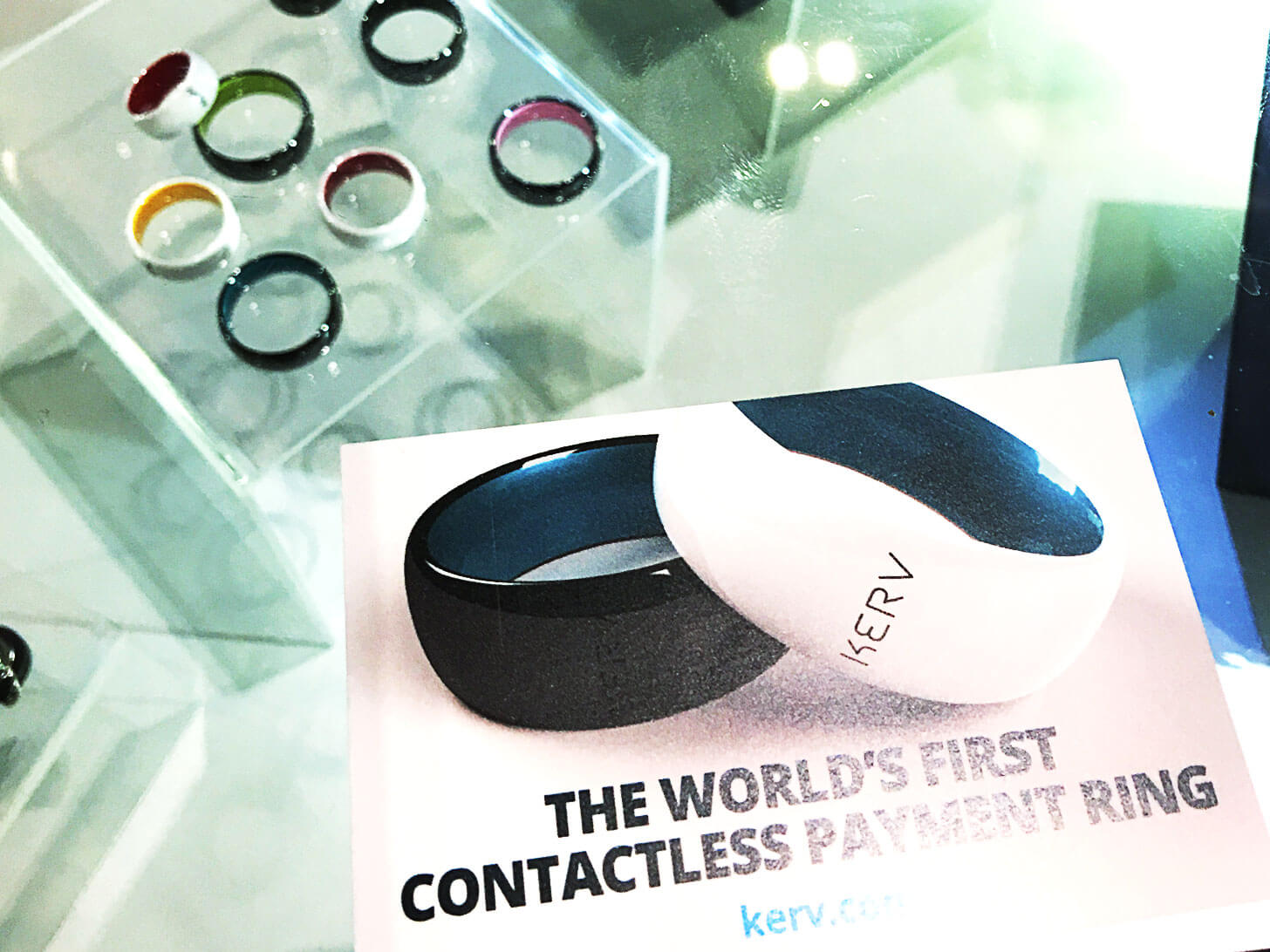
Kerv (Smart Device)
Powered by Mastercard, the Kerv ring is the first commercially available contactless payment ring. The ring provides the wearer with the ability to pay for goods up to the value of £30 without a phone or credit card. While simplistic in its design and concept, this is a clever idea that I’m sure we will see replicated by many other providers in the future!
As a tech expert and enthusiast, I’m pleased that C5 has given the opportunity to expose myself to these new and exciting technologies. The Wearable Technology Show provided fascinating insight into the latest wearable solutions, devices and trends, and has really got me thinking about how and where these concepts could be applied to benefit consumers, corporates, and small and large businesses in the Channel Islands. Drawing inspiration from these ideas and trends, it’s clear that with some innovative thinking, there are certainly opportunities for businesses to adapt to customer’s changing needs by delivering future focused solutions that improve customer experience, efficiency and productivity.
If you would like to find out how your business could benefit from wearable tech, VR / AR, IoT or AI, please don’t hesitate to get in touch: andy.delaney@c5alliance.com.